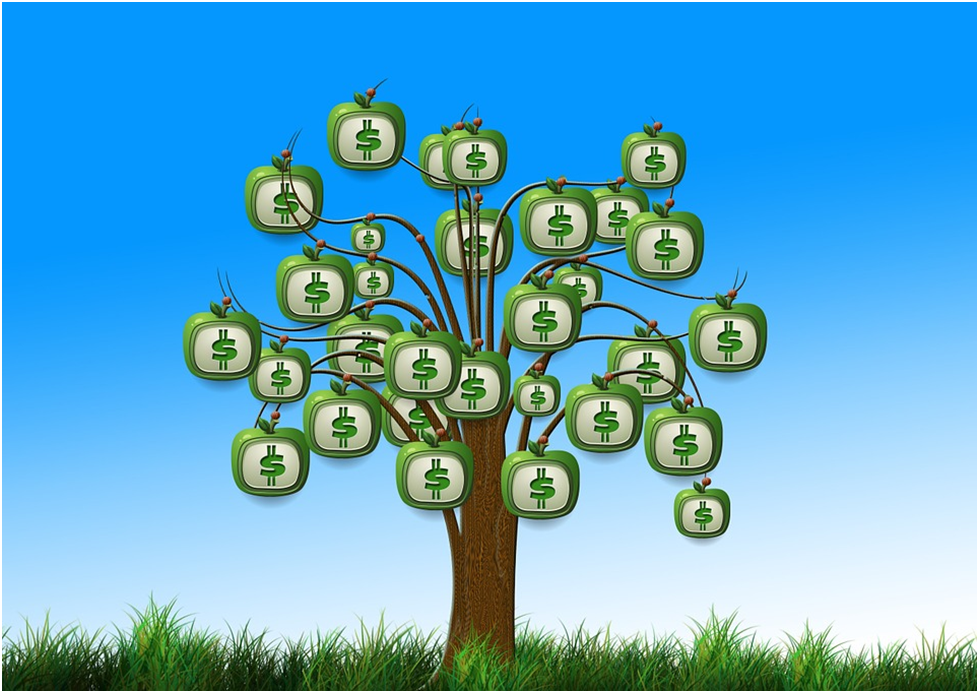Businesses, especially startups, occasionally have to borrow money to keep up with daily expenses. This is particularly true of businesses that are just launching and have yet to create a strong brand presence. Most companies borrow money all the time. However, smaller businesses with inexperienced owners are at higher risk of running into serious debt. Typically, businesses pay off debt with profits. However, not all products become successful sellers. When that happens, a business could find itself struggling to repay debt. Here is a list of tips that will help struggling businesses pay off debt before the creditors come knocking:

Table of Contents
1. Negotiate with Creditors
If your company is unable to meet a loan deadline, don’t panic and ignore the creditors. That will only result in heftier late fees. A simple but highly effective solution is to talk to the creditor about it. Tell the lender why your company is unable to pay back on time. You can try to renegotiate the terms of the deal and perhaps try to lower the interest rate. There’s a benefit in this for both creditors and debtors. Neither party wants the company to go bankrupt. There’s no profit for creditors when a debtor goes bankrupt. So, a sensible creditor will be very willing to negotiate. Of course, don’t expect one phone call to solve the issues. You may want to involve experienced company lawyers in the talks as well. Don’t rush the creditor. Patiently explain your situation so the creditor understands the direness of it.

2. Consider a Short Term Loan
If there’s a rather pesky and expensive debt that needs to be paid off right away, starting a business can pay down debt. However, if the business is teetering on the edge of defaulting on a loan, which can be financially devastating, then this is an emergency measure to consider. Short-term loans, like payday loans Lexington, can be borrowed for small amounts with a post-dated check. Be careful, however, not to have these loans rolled over. Short-term loans have

3. Use the Stack Method
The Stack method is a financially sensible idea that will benefit small companies with multiple loans. Paying off multiple loans can be particularly tough, especially when there are different interest rates involved. This method makes the streamlines the process of juggling multiple loans. The method calls for companies to rate debt based on the interest rate. Rank, or “stack,” the debts from the highest interest rate to the lowest. It’s common knowledge that debtors should first pay off the loan with the smallest balance. Financiers, however, advise against this fact. Instead, pay off the debt with the highest interest first. Debt can snowball in size mainly because of the interest rate. The higher the APR is, the sooner the business should pay off the debt. Debts with smaller APRs don’t balloon in size as rapidly, and are thus more manageable. The Stack method is highly recommended for companies that are struggling to pay off multiple loans.

4. Offer Other Incentives to Creditors
If your company really cannot afford to pay off debt at the moment, you may be able to keep creditors at bay with other incentives. For example, you can offer creditors shares or stocks of the business for the moment instead of cash payments. You can allow them to directly profit from a lucrative product. Don’t expect all creditors to put off immediate payments for profits in the future. If your business is currently cash strapped, but is still in good shape, creditors will be willing to exchange cash payments for shares or stocks. If your business does not have a line of promising products, then this option might not work.

Paying off debt is difficult for both people and companies. The above methods should be able to assist your company in its endeavors to be debt free. If all else fails, bankruptcy may be the only option. Most business owners and managers do not want to get to that point. Therefore, do your best to try the above suggestions.

